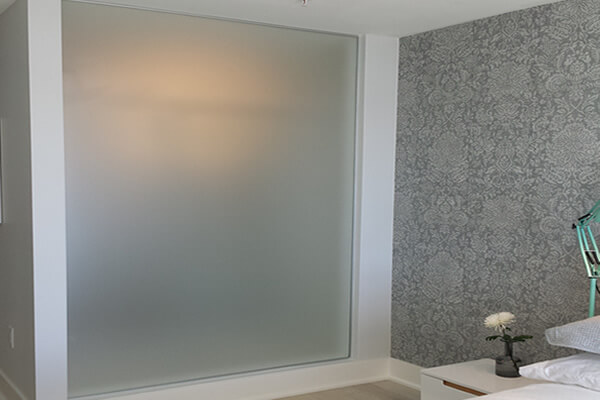

The Advantages and Applications of Toughened Float Glass
Toughened float glass, also known as tempered glass, represents a significant advancement in the field of materials used in construction and design. This type of glass is created through a process of extreme heating and rapid cooling, which enhances its strength compared to standard glass. Its unique characteristics make it an ideal choice for a variety of applications, from building facades to interior design elements.
One of the most notable features of toughened float glass is its remarkable strength. While standard float glass can shatter easily under impact or thermal stress, toughened glass is designed to withstand such challenges. The tempering process increases its resistance to bending and breaking; it can be up to five times stronger than untreated glass of the same thickness. This strength makes it suitable for high-traffic areas and applications where safety is a paramount concern, such as shower doors, glass tables, and balustrades.
In addition to its strength, toughened float glass also boasts excellent thermal resistance. The manufacturing process minimizes stresses within the glass, allowing it to handle significant temperature fluctuations without the risk of breaking. This property is particularly valuable in environments where glass may be exposed to direct sunlight or significant temperature differences, such as in skyscrapers or sunrooms. Toughened glass can endure thermal stress from sunlight on one side while remaining cool on the other, making it an ideal choice for energy-efficient buildings.

Safety is another key advantage of toughened float glass. If broken, it shatters into small, blunt pieces rather than sharp shards that could cause injury. This feature is especially crucial in public spaces and homes with children or pets, reducing the risk of serious cuts. As a result, many building codes and regulations advocate for the use of toughened glass in specific applications, further solidifying its role in modern architecture and design.
Moreover, toughened float glass is versatile when it comes to aesthetics. It can be produced in various colors and finishes, allowing architects and designers to create visually appealing structures without compromising safety. This flexibility makes it a popular choice for both residential and commercial projects. When incorporated into facades, toughened glass can provide a sleek, modern appearance while allowing natural light to enhance the interior environment.
The applications of toughened float glass extend beyond mere construction. It is extensively used in the automotive industry for windows and windscreens, where safety and strength are critical. In addition, toughened glass is a popular choice for appliances, such as oven doors, where it can withstand high temperatures without warping or breaking. The hospitality industry also benefits from toughened glass in furniture design and decorative elements, enhancing both safety and style.
In conclusion, toughened float glass represents a significant innovation in the world of materials. Its enhanced strength, thermal resistance, and safety features make it an excellent choice for various applications, from structural uses to aesthetic components in design. As architects and designers continue to seek materials that combine durability with elegance, toughened float glass stands out as a go-to material that meets modern demands while prioritizing safety and style. Whether used in residential, commercial, or industrial applications, its versatility ensures that toughened glass will remain a fundamental part of the architecture and design landscape for years to come.